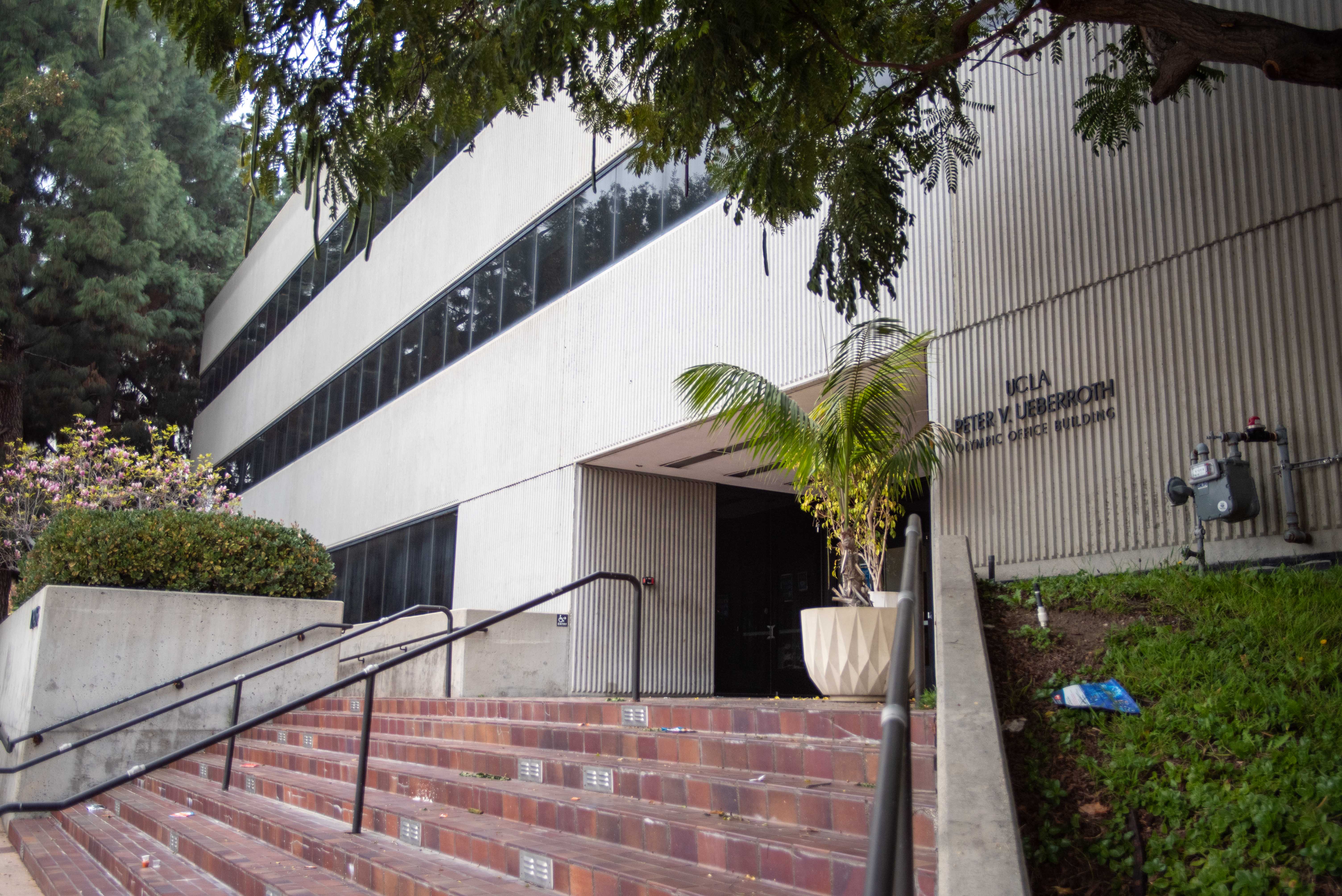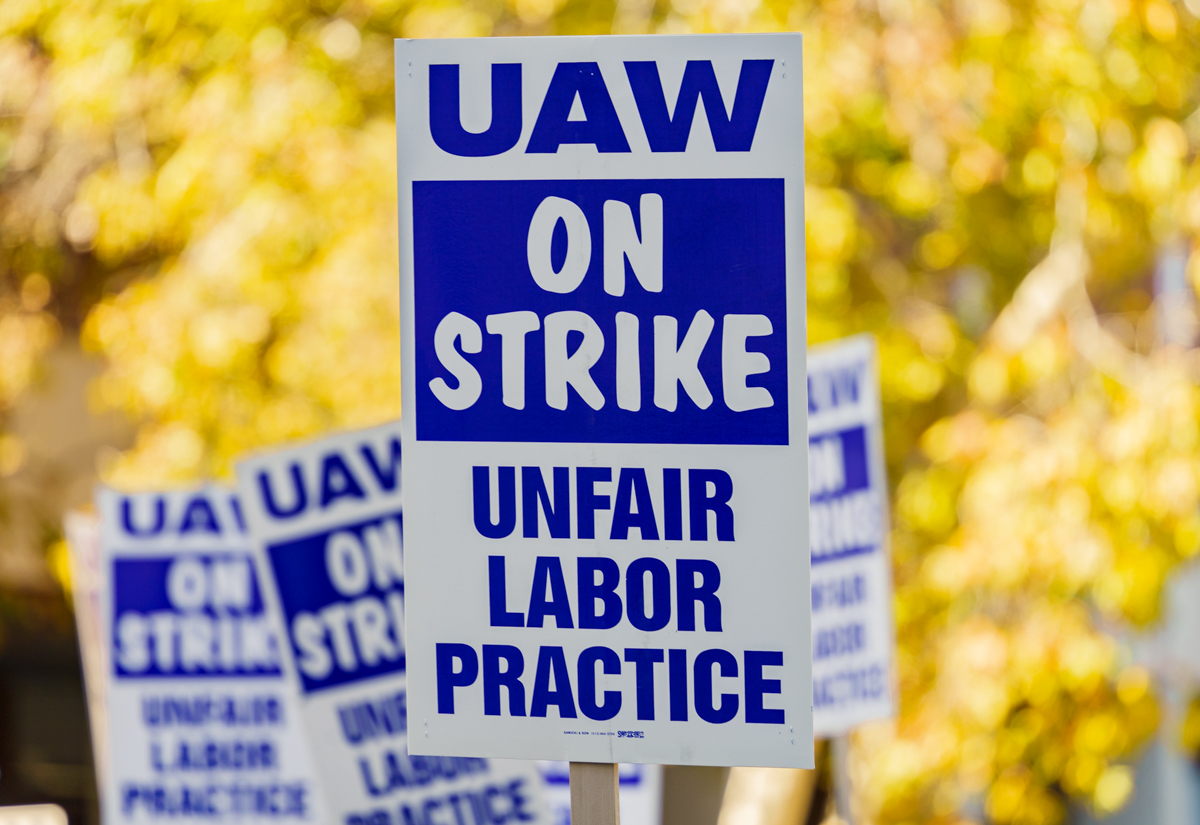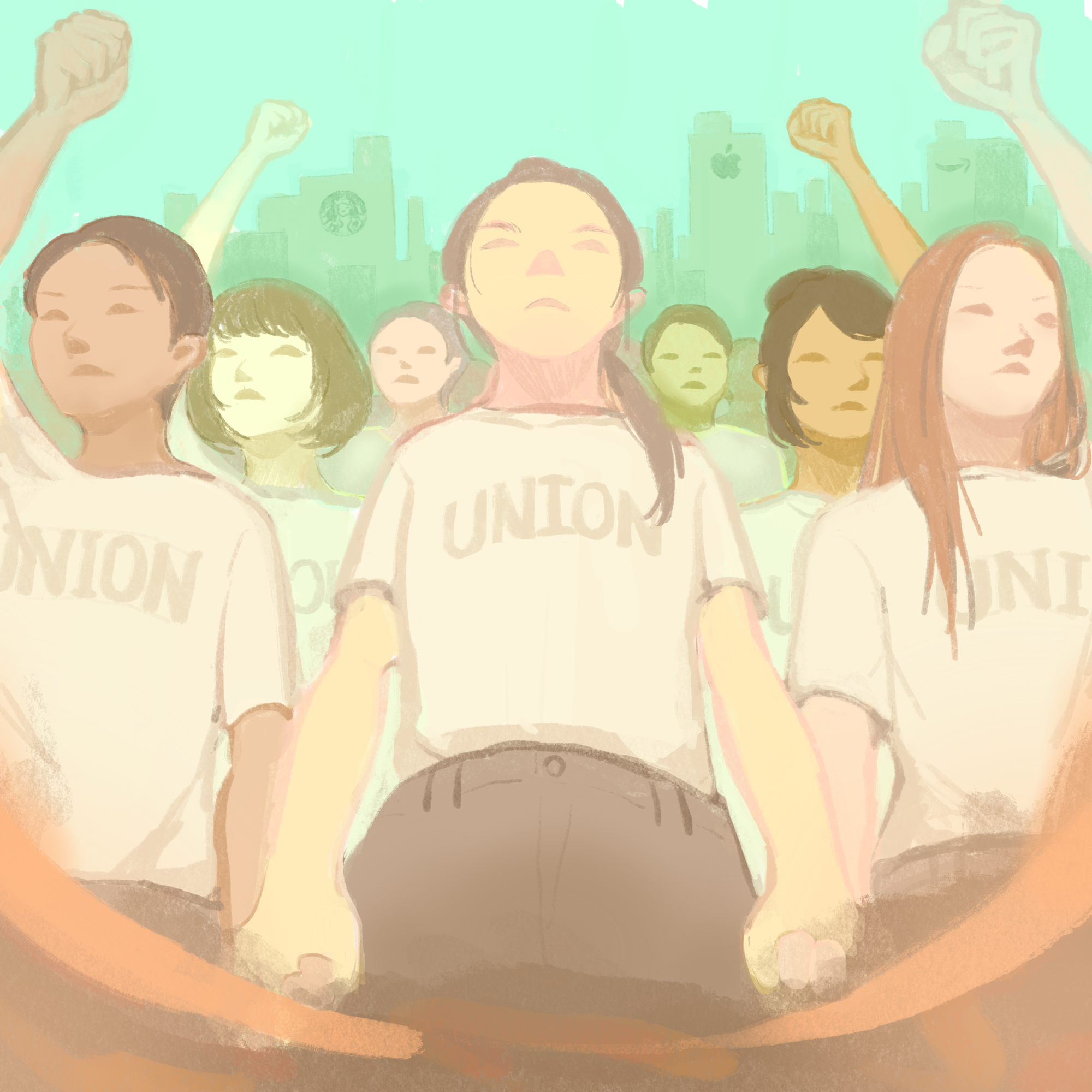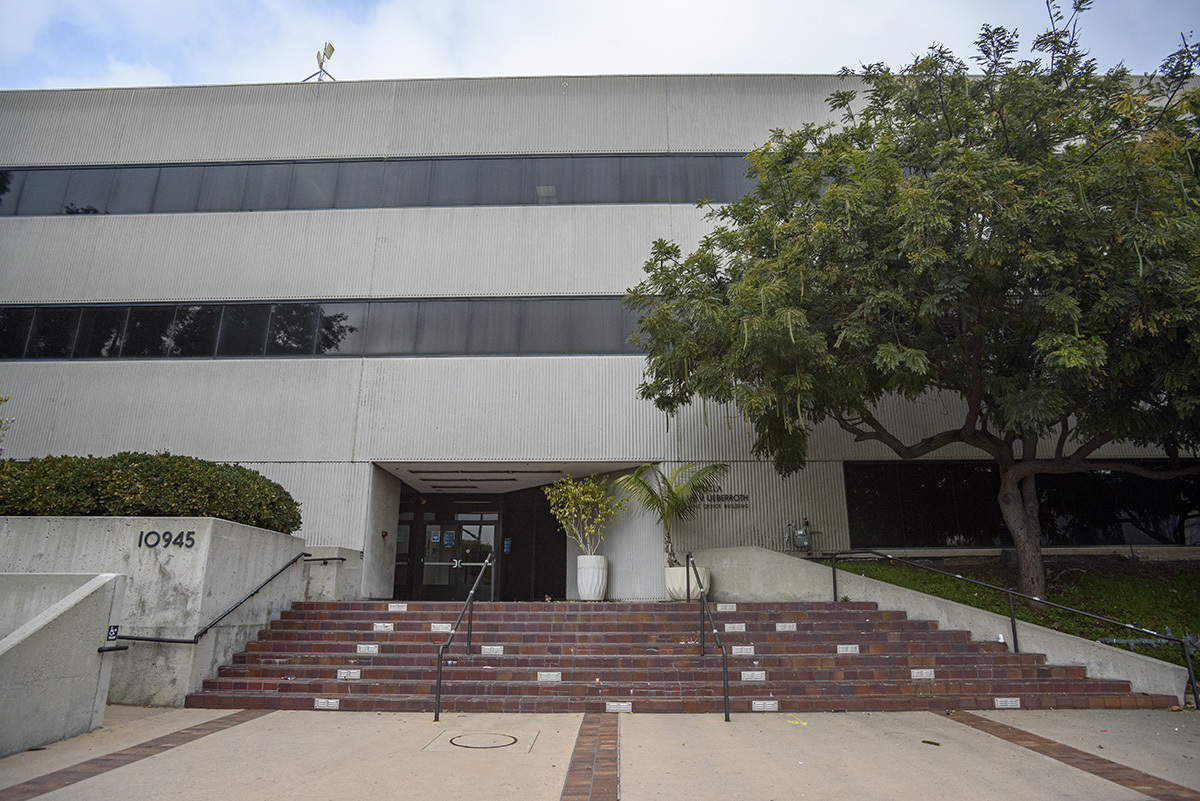New film and television course looks at labor unions, guilds behind Hollywood
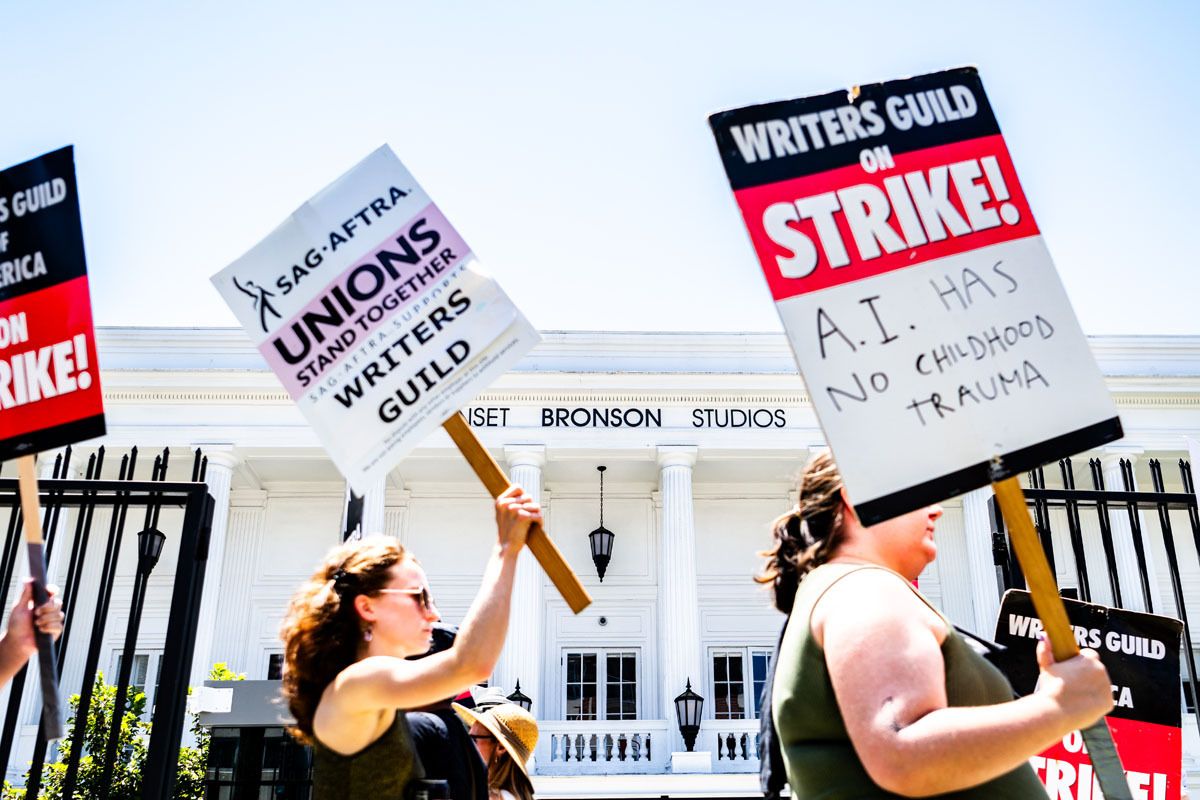
Pictured are participants in recent film industry strikes. The strikes are examined as part of a new class offered by the Department of Theater, Film and Television. (Daily Bruin file photo)
When most people think of Hollywood, their first thoughts are of glitz and glamor. But for Emmelle Israel, the organizing behind it is far more exciting.
Introduced this winter, Film and Television 98T: “Obscured Labor: Workers, Unions, and Guilds in Hollywood” explores the history of Hollywood labor rights, with a focus on unions and guilds, said Israel, the course instructor and a doctoral candidate in cinema media studies. The five-unit class aims to familiarize students with the workforce behind commercial entertainment and its associated labor organizations, she added.
Israel said she hopes her class will bring together the different perspectives in the industry. Through the UCLA Collegium of University Teaching Fellows program, which selects doctoral students to teach 98T courses related to their research, Israel said she created the class with the goal of filling this gap in guild scholarship.
“Unions and guilds are complicated organizations – that history is very specialized,” she said. “A lot of folks have studied and written about it before, but there aren’t many classes where the focus is to bring all that scholarship together.”
Learning about this history now is especially important, Israel said, adding that the expansion of American media companies necessitates a critical eye to examine how these industry shifts affect workers.
“I felt like focusing on Hollywood labor as well as unions and guilds, and how folks have organized and worker-led activism has made that type of Hollywood labor possible,” she said.
Ellis Bruxvoort, a first-year ethnomusicology student, said they decided to take the class because they wanted to learn more about the film industry and intend to work in the field after graduation. They added that the class was important in bringing attention to Hollywood unions and guilds, which they feel are not well known.
“They’re not really in the public eye. They were in the 2007 and 2008 strikes, and again last year, but there’s not really that much knowledge about what’s going on in Hollywood,” Bruxvoort said. “It’s helpful to just be aware of what’s happening around us.”
Cassandra Vega, a second-year theater student, said they enrolled in the class because they enjoyed learning about the research of doctoral students in previous 98T courses.
Israel said she designed the course as a weekly three-hour seminar, adding that students in the class are responsible for assignments throughout the quarter and a final research project on a subject of their choosing relating to Hollywood labor history and current issues.
“What I did was break up the quarter into three-week chunks,” she said. “The first three weeks were about establishing foundational knowledge because I don’t assume that everybody who’s in a classroom knows what a union is. How do people even form unions?”
After teaching the foundational knowledge about unions and the makeup of the film industry, Israel shifted her focus to highlighting the individual stories of workers who typically go unrecognized within the Hollywood film industry.
Vega said their favorite part of the class was watching “Life After Pi,” a documentary that looked at the lives of visual effects workers on “Life of Pi,” whose studio went bankrupt only a week before winning an Academy Award. They added that they previously knew little about visual effects workers, but learning about the workers’ struggles helped them understand how final visual effects are impacted by working conditions.
“So many hands work on a film,” they said. “When it comes to a movie like ‘Life of Pi,’ it is still dependent on VFX (visual effects) workers. They are the artists who make these things happen.”
Israel said the class also studies the interconnections between the guilds and other labor entities, adding that she also discusses the impact of technology on Hollywood workers.
The recent Hollywood strikes – which included a 148-day writers’ strike and a 118-day actors’ strike – are a small manifestation of wider issues within labor relations, Vega said, adding that unions must continuously fight for their workers.
“It’s a never ending battle for labor,” she said. “We think of these strikes that just happened as a singular event, but it’s just an extension of the campaign’s struggle between employers and employees in a lot of different industries.”
Israel said the recent strikes conveniently occurred after she had planned the class, which provided students with contemporary examples of union action at work. The course covered the 2023 strikes in its final weeks, but Israel offered opportunities to connect readings about past history to modern developments during class discussions.
“Things aligned so that there was this major labor action, this very visible strike, right before the start of our course,” Israel said. “Folks are really looking for a place or space to talk through what they saw, and to learn more about why that happened. So that’s really what this class is offering.”



